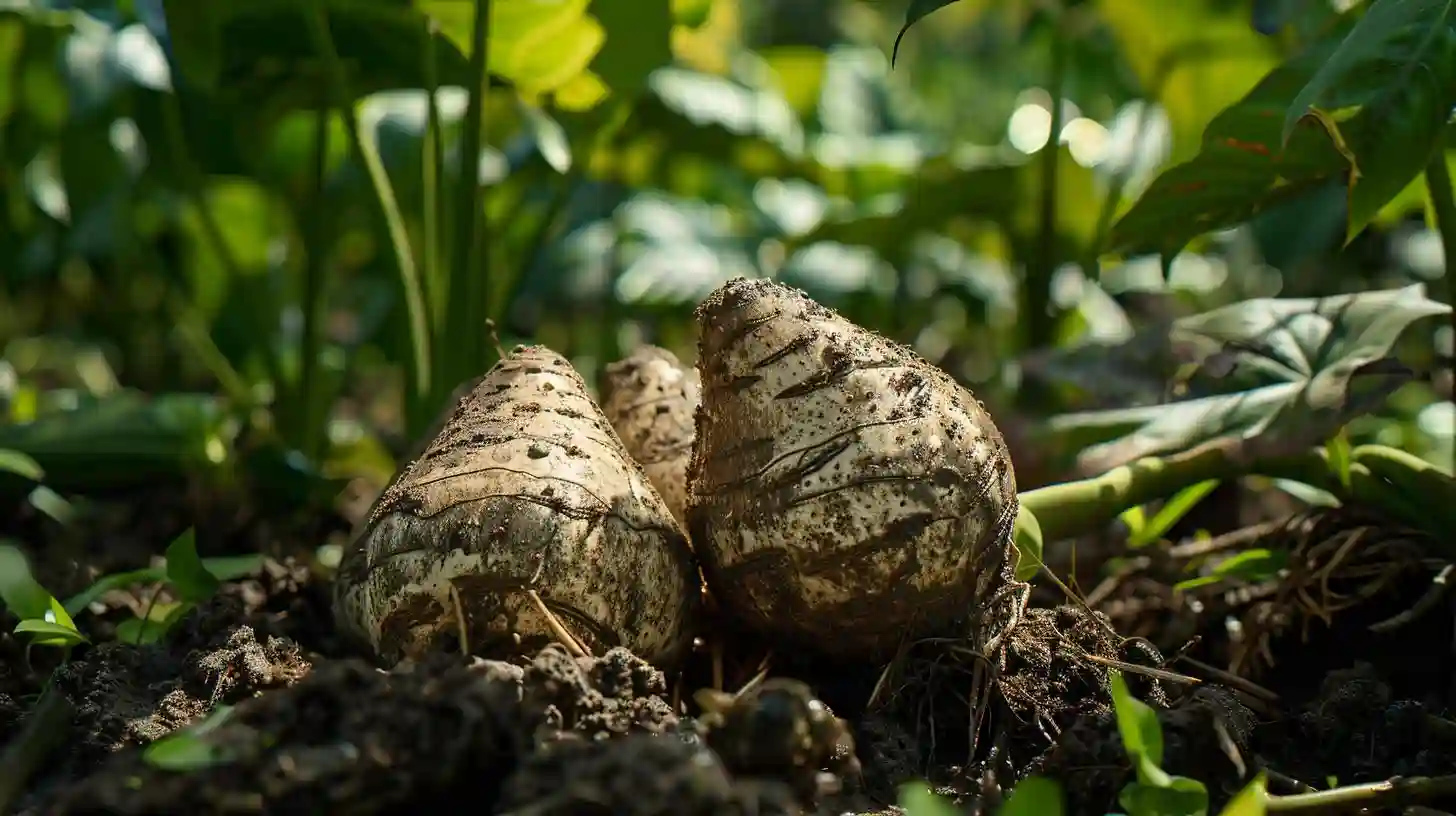
Taro, also known as Colocasia esculenta, is a starchy root vegetable belonging to the Araceae family. It is widely grown and consumed in many parts of the world, especially in Asia, Africa and the Pacific Islands. Taro has been a staple food in these regions for centuries due to its versatility, nutritional value and health benefits.
One of the most common ways to prepare taro is by boiling, steaming, or frying. Boiled taro has a soft, creamy texture similar to potatoes, making it a popular ingredient in soups and stews. Steamed taro can be mashed and used to prepare traditional dishes such as poi in Hawaii or chikwanga in Africa. Fried taro, on the other hand, is crunchy on the outside and tender on the inside, making it a delicious appetizer or side dish.
Taro is not only tasty, but also nutritious. It is a good source of dietary fiber, which promotes healthy digestion and prevents constipation. Taro is also rich in vitamins and minerals, including vitamin C, potassium and magnesium. These nutrients play a critical role in maintaining overall health and well-being.
Besides its nutritional value, taro also offers a wide range of health benefits. It is known for its anti-inflammatory properties, which can help reduce inflammation in the body and relieve symptoms of diseases such as arthritis and gout. Taro is also low in calories and fat, making it a healthy choice for those looking to maintain or lose weight.
Additionally, taro is a good source of complex carbohydrates, which provide a constant source of energy and help regulate blood sugar levels. This makes tarot an excellent choice for athletes or people leading an active lifestyle. Taro is also gluten-free, making it a suitable option for people with gluten sensitivity or celiac disease.
In addition to its culinary and medicinal benefits, taro also has cultural significance in many societies. In Hawaii, taro is considered a sacred plant and plays a central role in traditional Hawaiian culture. The root vegetable is used to make poi, a Hawaiian staple food, and is often served at important cultural events and ceremonies.
In many Asian countries, taro is also used in traditional medicine to treat various diseases. The plant is believed to have medicinal properties and is used to treat conditions such as cough, fever and skin rashes. Taro leaves are often ground into a paste and applied topically to soothe skin irritation and promote healing.
Taro is a versatile and nutritious root vegetable that offers a wide range of culinary and medicinal benefits. Boiled, steamed or fried, taro is a tasty addition to any meal and can contribute to a balanced, healthy diet. With its unique flavor and texture, taro is sure to delight the taste buds and nourish the body, making it a valuable ingredient in any kitchen.